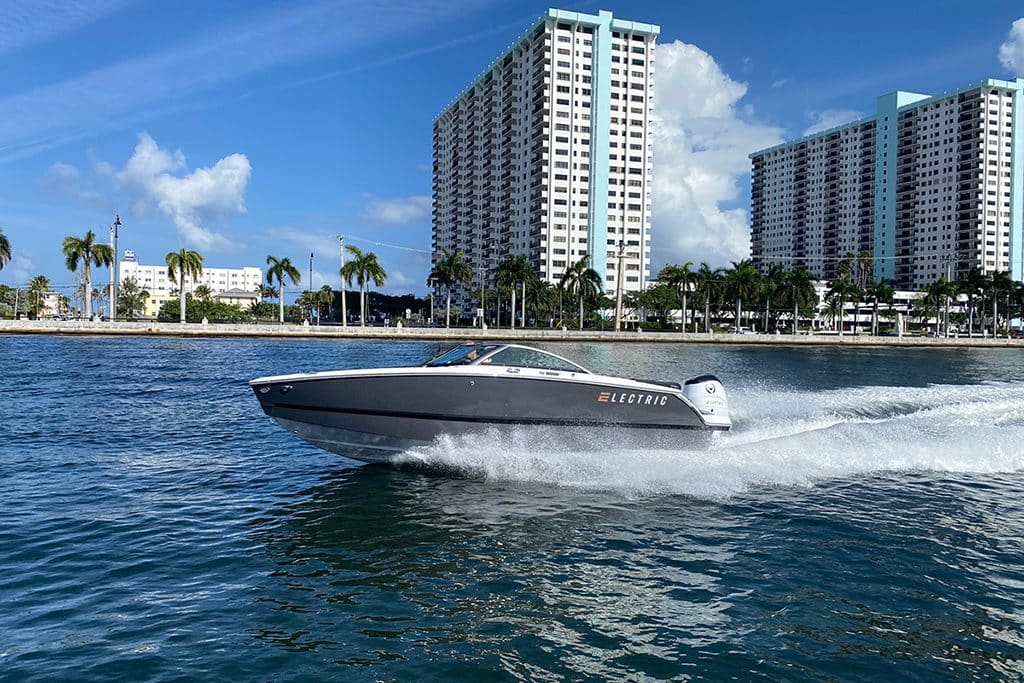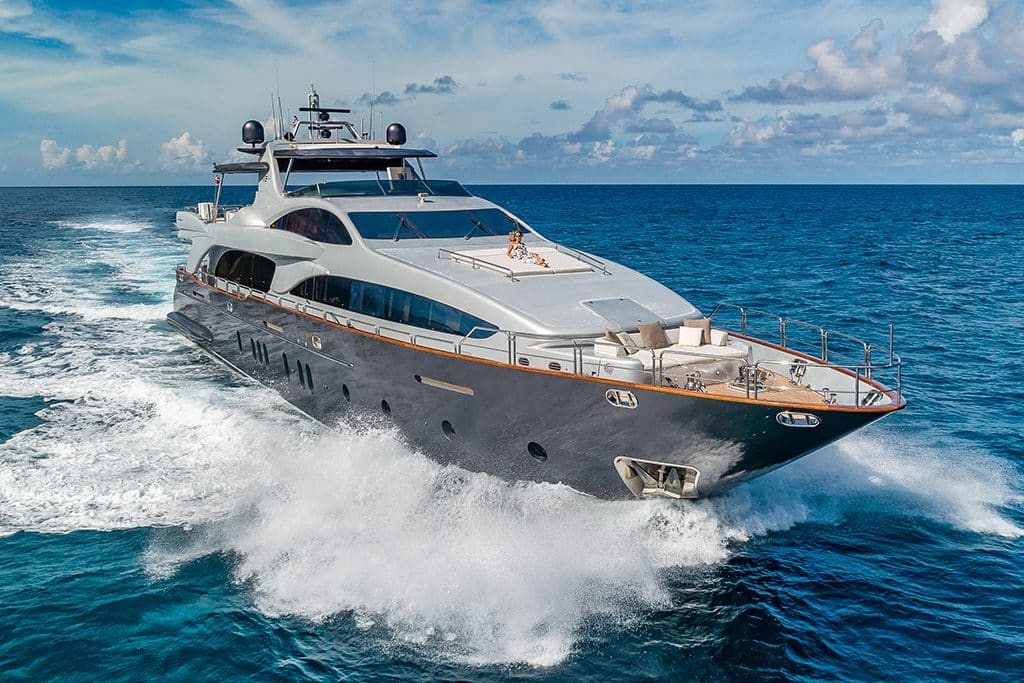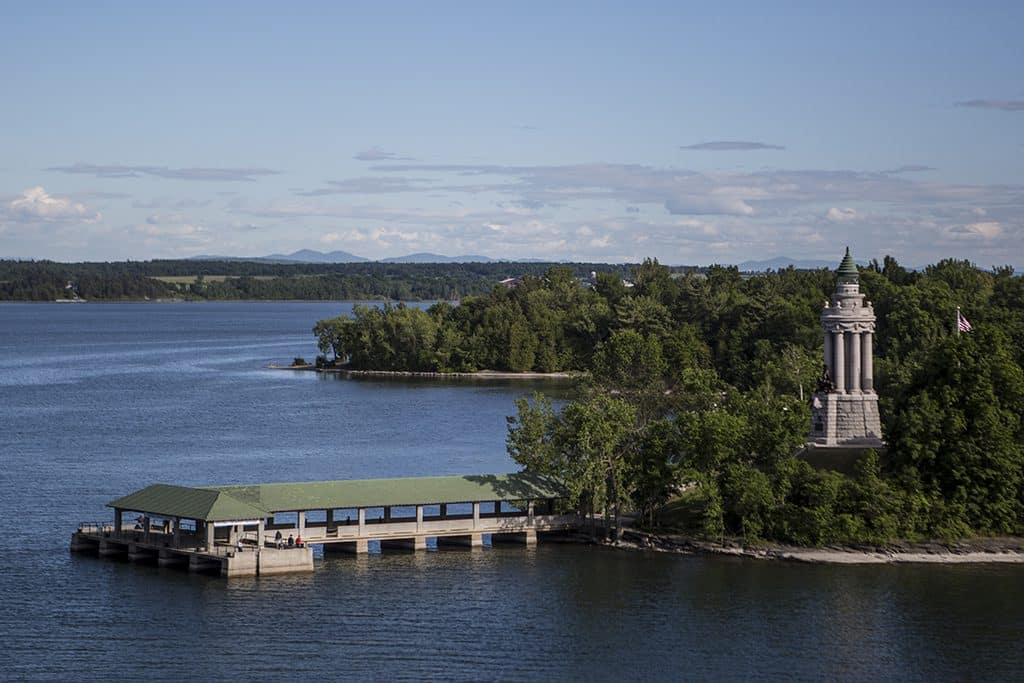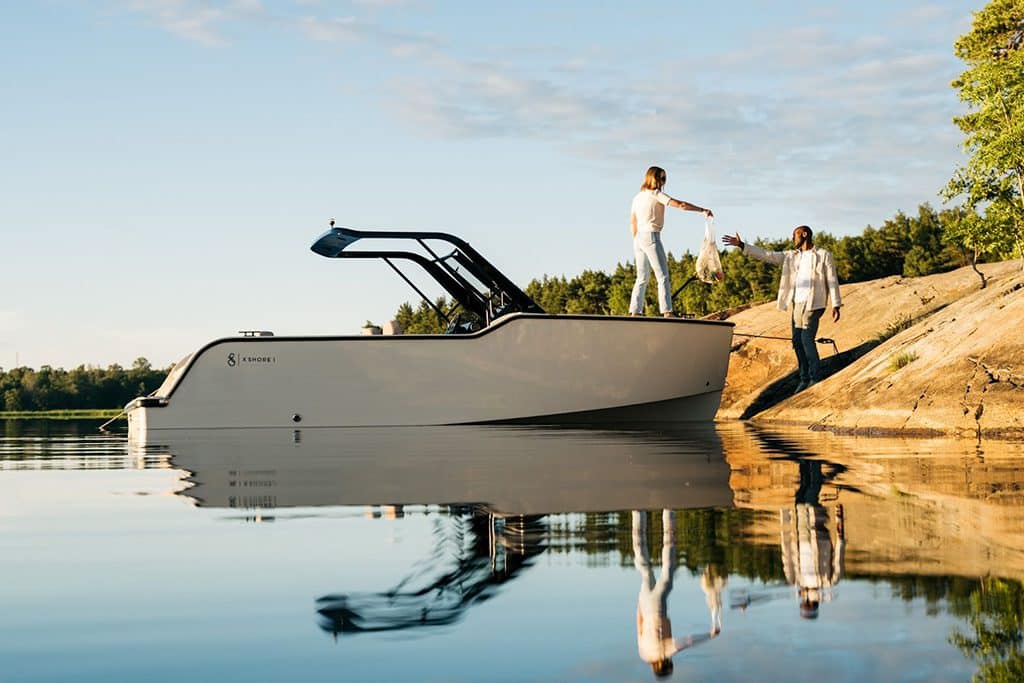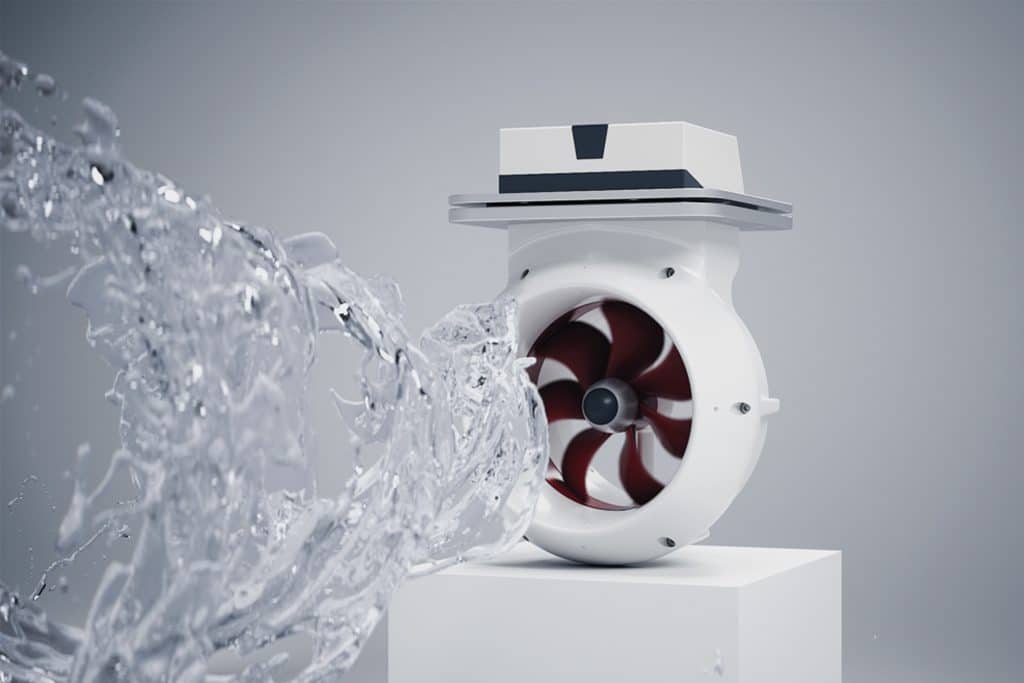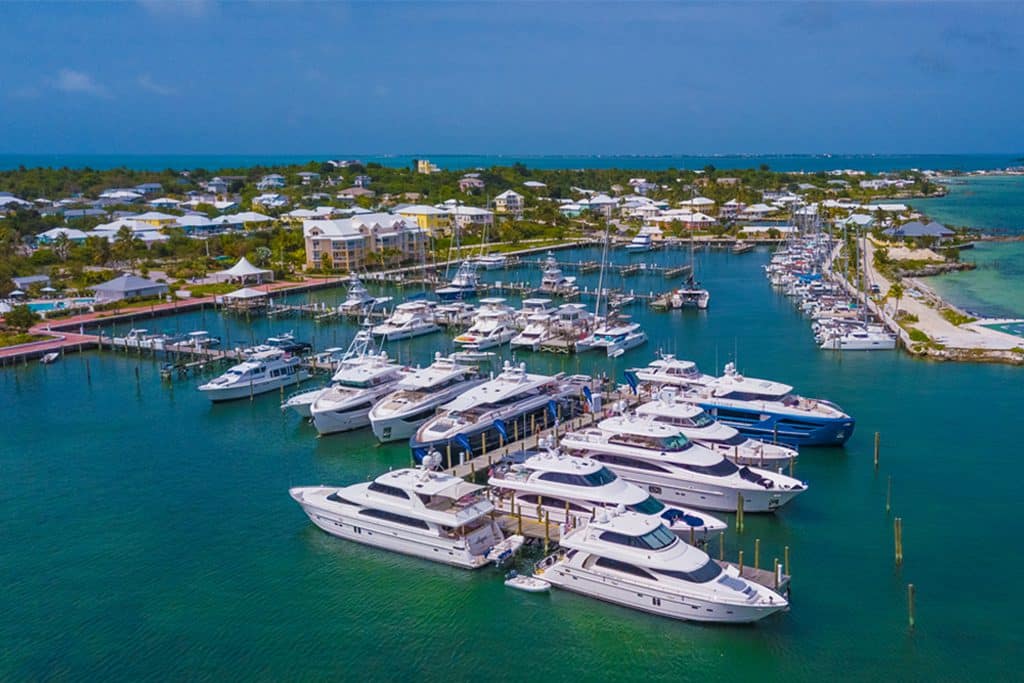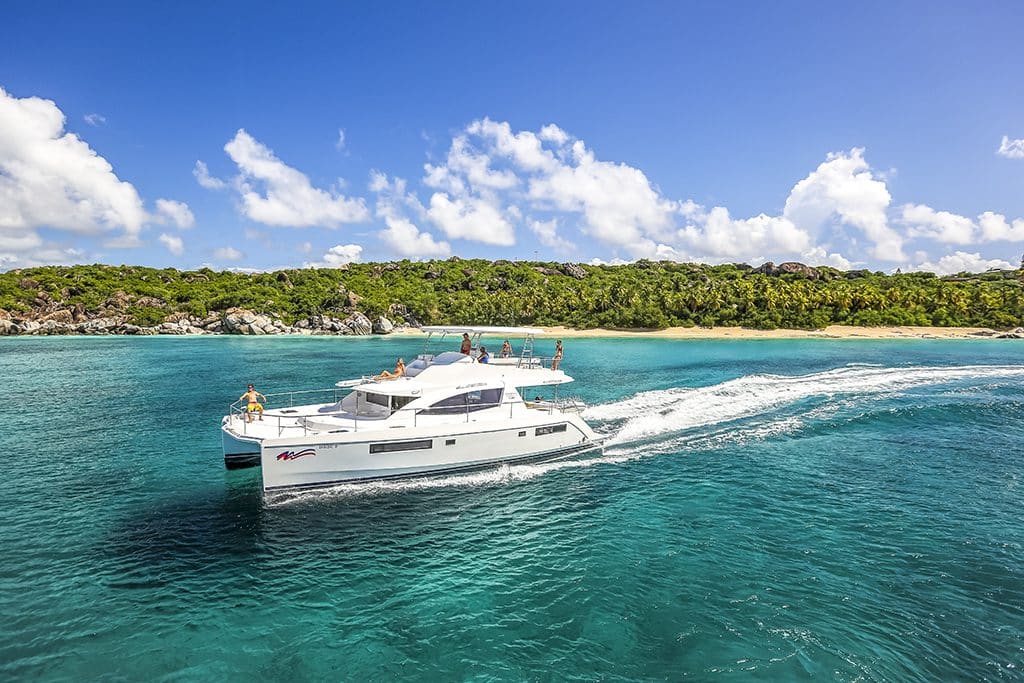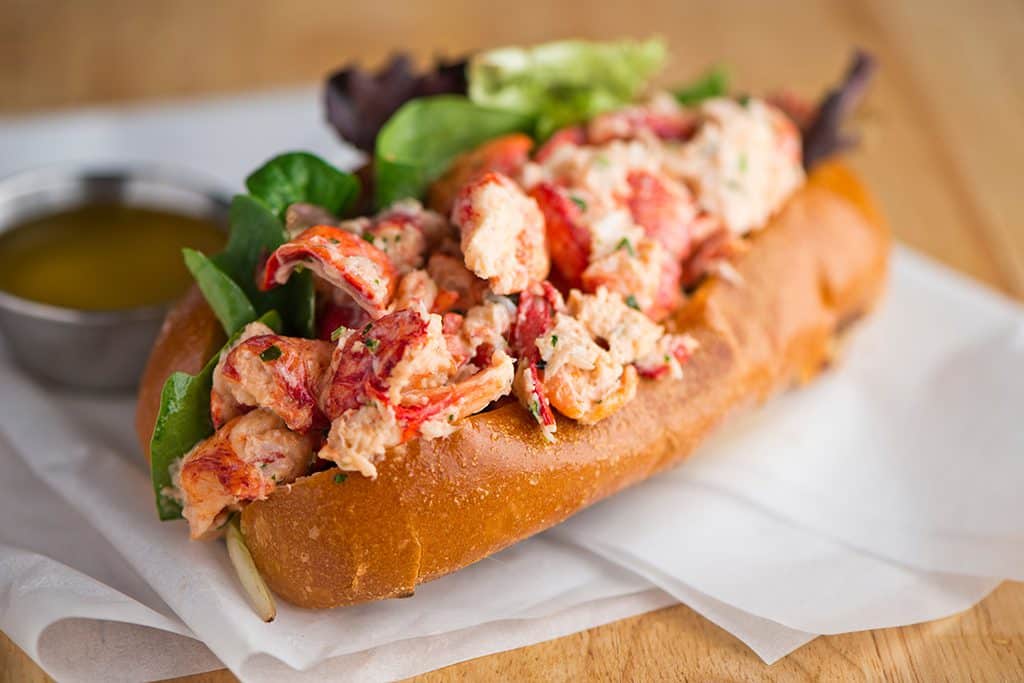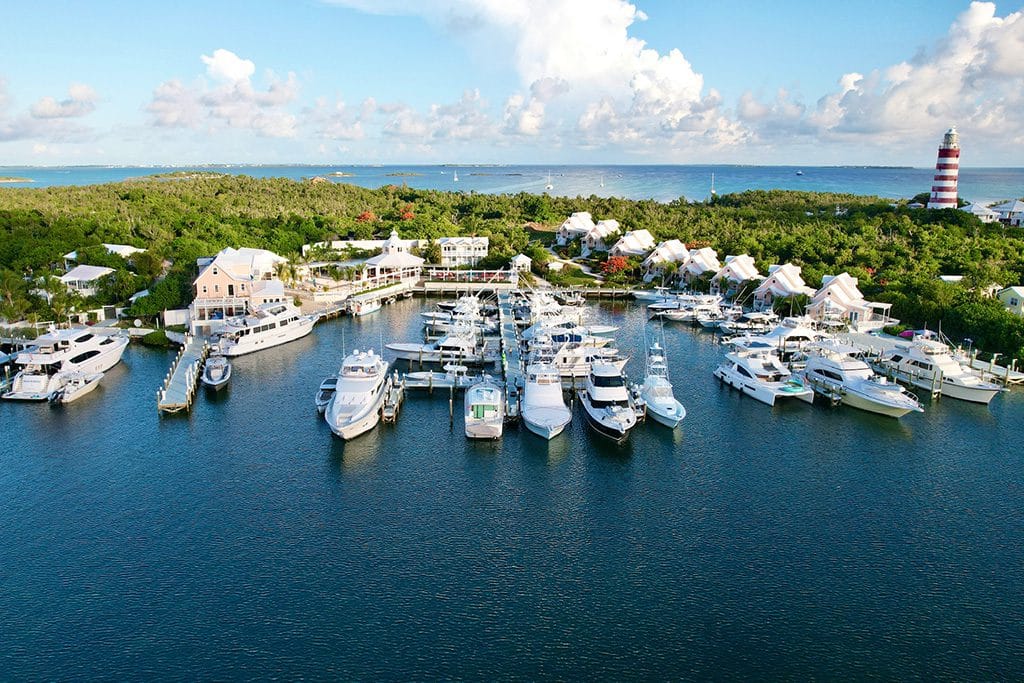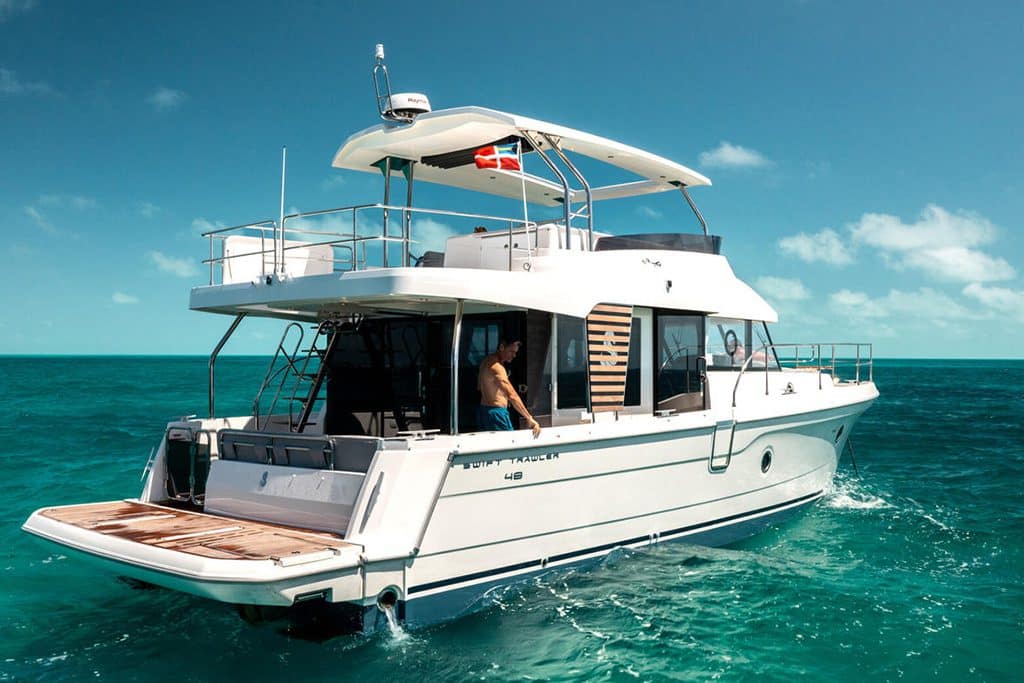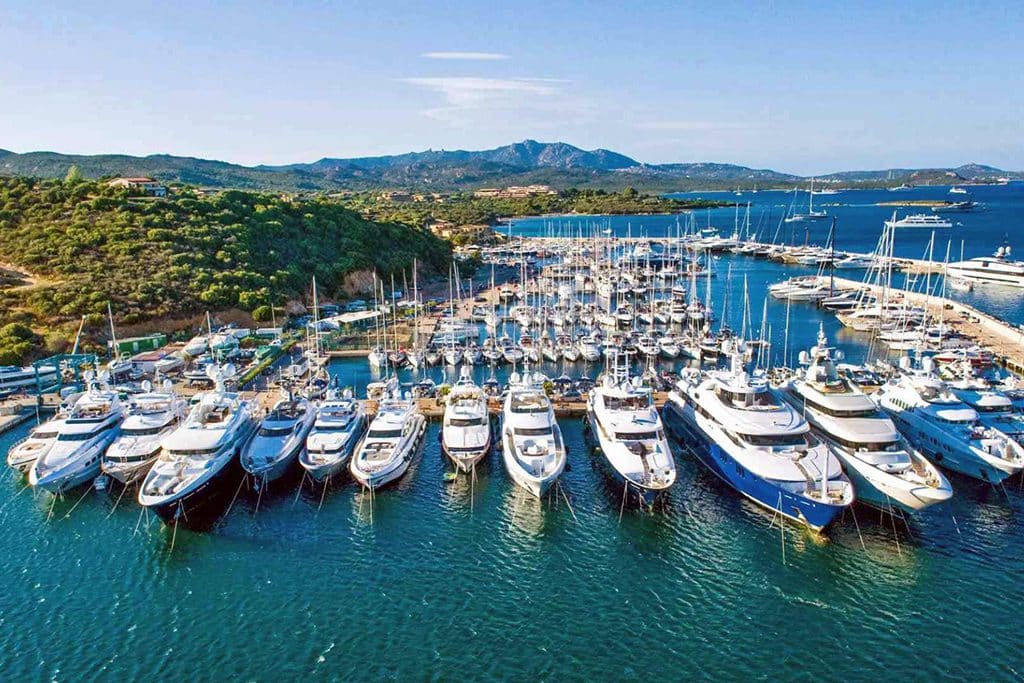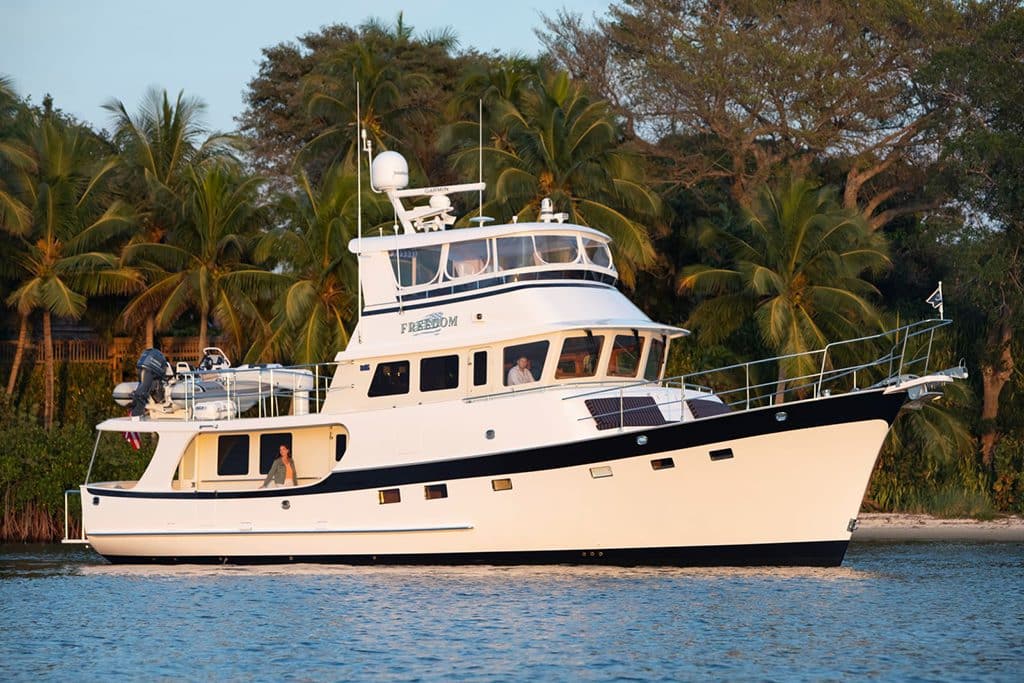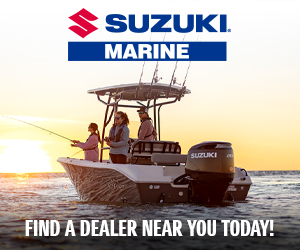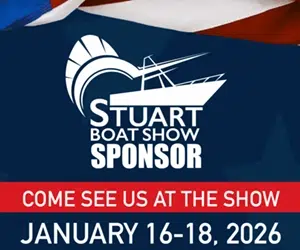Featured
Featured posts
VMT Electric Outboard Motors Selected by Groupe Beneteau
Groupe Beneteau and Vision Marine Technologies announced plans to integrate Vision Marine’s electric outboard motors with several models across the boat...
Read moreDetailsExperience elegance and exclusivity aboard Tail Lights in the British Virgin Islands
Vacations are meant for grandeur, indulging in luxuries, and experiencing new and unique adventures. As you plan your getaways for...
Read moreDetailsVisit Lake Champlain
Making a Connection Lake Champlain offers some of the best boating from New York to Vermont. Magic and mystery are...
Read moreDetailsX Shore releases the X Shore 1
X Shore releases the X Shore 1 Swedish category leader continues to make sustainable electric boating a reality for a...
Read moreDetailsDale Stewart of Seether balances touring with a fishing life
Catchy Tunes Rock bassist Dale Stewart of Seether balances touring with a fishing life. Rock stars have a reputation for...
Read moreDetailsPlug-and-Play Propulsion from VETUS
Plug-and-Play Propulsion VETUS delivers compact electric-drive systems. Plug and play usually means an electronic device works immediately with very little...
Read moreDetailsSea Ray SLX 260
Bundle of Joy Sea Ray introduces the SLX 260 with its next-generation design. Its profile is fast and sporty. Its interior...
Read moreDetailsHorizon Yacht USA Hosts 2022 Owner Rendezvous
Horizon Yacht USA Hosts 2022 Owner Rendezvous Nearly 100 guests, 15 sets of owners, and 10 Horizon yachts gathered in...
Read moreDetailsA Beginner’s Guide to Chartering a Yacht
The Choice is Yours There’s more to chartering a boat for a week than just choosing from a pretty picture....
Read moreDetailsThe Best Food to Eat in the North
A Tasty Trip Through the North From pizza to chowder to lobster rolls, rich, flavorful fare calls foodies to this region....
Read moreDetailsHope Town Inn & Marina
Set your nautical adventure to Hope Town Inn & Marina. Elbow Cay, Abaco, The Bahamas Whether you visit the settlement...
Read moreDetailsBeneteau Swift Trawler 48
Moving Swiftly A proven design evolves with the Beneteau Swift Trawler 48. Beneteau has built more than 1,300 Swift Trawlers,...
Read moreDetailsFish Food – Top Fish Recipes from Southern Boating
Fish Food Catch and prepare your own meal. Each recipe serves 4. I love fishing and eating freshly caught fish. I...
Read moreDetailsMarineMax To Acquire IGY Marinas
MarineMax To Acquire IGY MarinasExpanding Global Marina and Services BusinessMarineMax, Inc. (NYSE: HZO), the world’s largest recreational boat and yacht...
Read moreDetailsKadey-Krogen 58 EB Boat Test
The Krogen 58 Is Ready for Your Adventure of a Lifetime The Krogen 58 EB is the embodiment of beauty...
Read moreDetails

